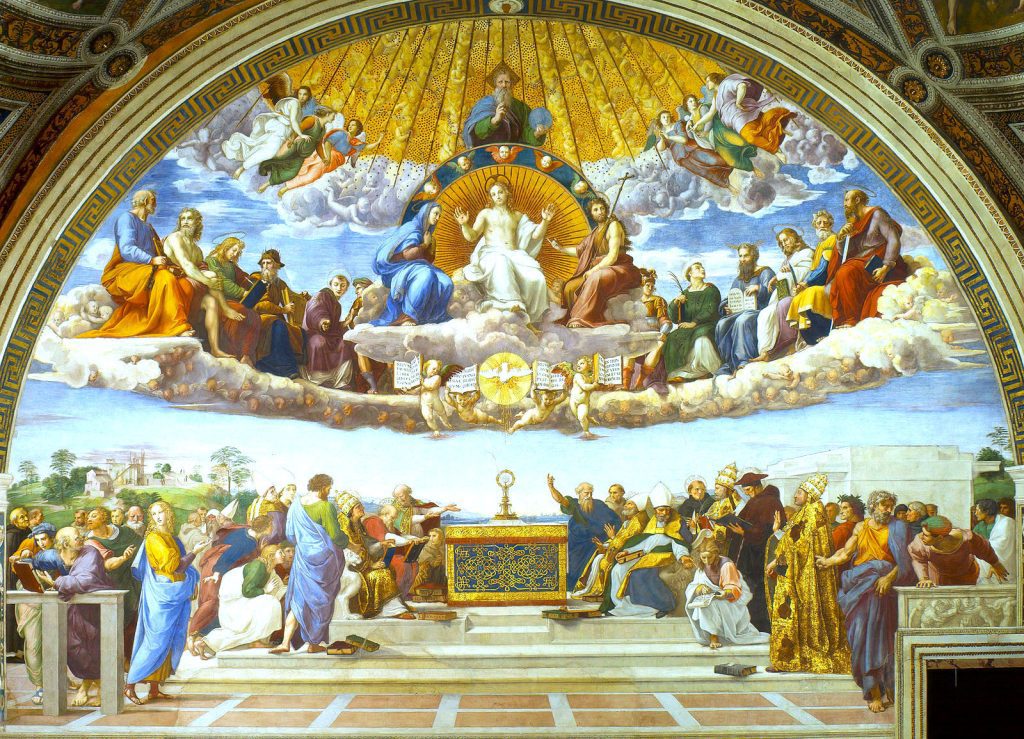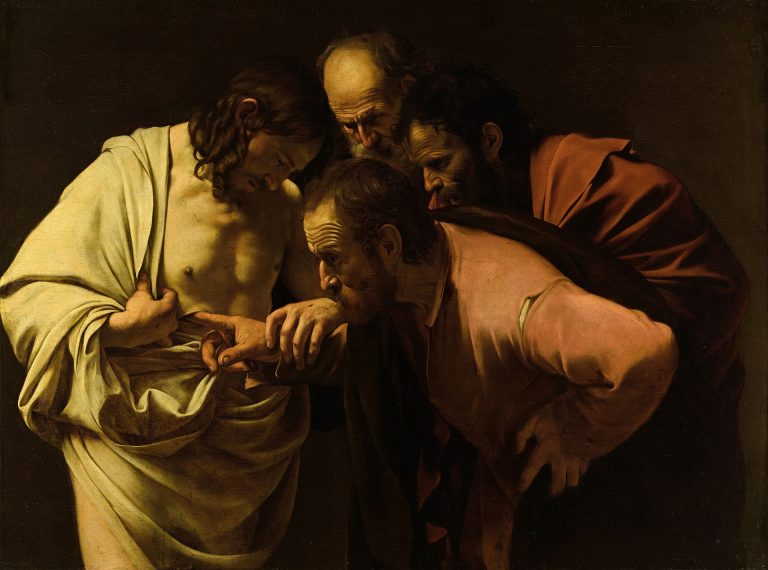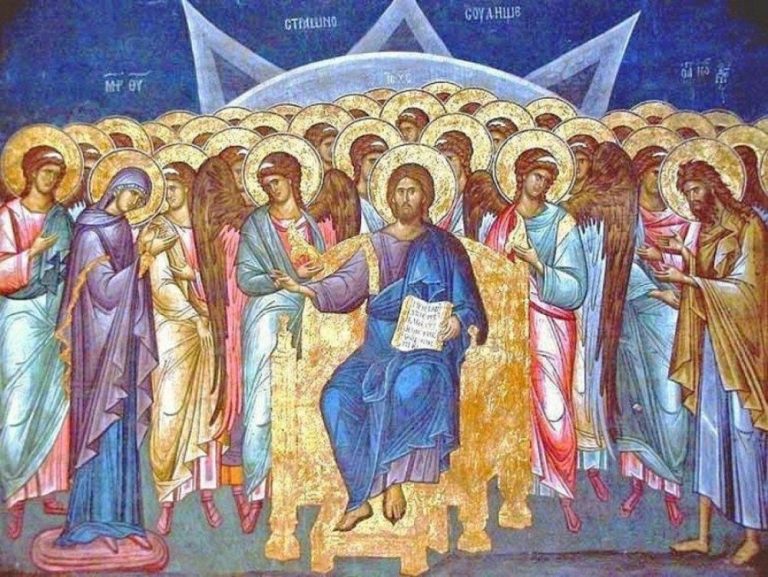When Greece ran out of cash, the Germans sent them some money. Why did Greece run out? Where did Germany get the money to give Greece? Where does money come from?
The United States’ debt has gone from a few trillion to what, 20 trillion? No one seems to care, even as our birth rates drop. We may see an answer to “Where does money come from?” in a simple story.
Thirty years ago, a man worked all day to make an Adirondack Chair for the yard. He went to the lumberyard, brought the wood home, measured, sawed, and assembled the chair. He put on a coat of primer. Then, he painted it. Later, he gave it a second coat of paint.
Consider other costs involved. People cut down the tree and got it to a sawmill. The boards were sawed, planed, and dried. Then, they were shipped to a lumberyard, stacked for sale, sold, and loaded into the customer’s vehicle. Countless steps went into making and getting the paint into the can and into his hands. Thirty years ago, there was a lot of cost in an Adirondack Chair that would sell for less than fifty dollars.
Near here, a factory makes Adirondack Chairs. They injection-mold them out of resin. The new Adirondack Chairs don’t need to be sanded and painted. They are curved to be more comfortable than the old, straight, stiff wooden chairs. The new chairs are light, stack easily, and are conveniently easily stored in a smaller space.
In one shift, one person operating one injection molding machine makes 400 Adirondack chairs. They retail for less than $20.00. That’s in dollars worth half the fifty dollars for which the wooden versions sold a generation ago. Like most things, today’s Adirondack chair is a bigger bargain than it would first appear.
Multiply that savings by all the savings in all the goods and services produced in a nation’s economy. There are trillions in newer efficiencies! When costs are reduced even while more goods and services are produced, we see how much money should be printed. Money should be printed at a rate that reflects production efficiencies. When it is, it is not deficit spending, but something profoundly Catholic in its very being.
Where does money come from? If a prior period production that needed 100 workers to produce fifty $1,000.00 units an hour. Each worker added each added $500.00 in value every hour. New technology lets the same fifty units be produced by 20 workers an hour. Each now adds $2,500.00 in value every hour.
Governments subtract the old number from the new number, and conclude, “Now, we need to print 2000.00 extra dollars, and give some to the 80 people who have lost their jobs. And, we can keep some for ourselves. We really do need higher pay, better benefits, and larger pensions! And, we have to buy lots of votes. Now, we have the money to do it!”
The savings reach into the trillions every few years. Some try to stop change the change. Others welcome it. Simple as it is, few people understand exactly what is going on, but all believe they do. People in countries impoverished by lack of inventiveness come to freer nations because prosperity accompanied minds allowed to think new thoughts. When it’s not a coordinated invasion designed to destroy, immigration is to be welcomed, not feared.
Good governments are careful not to print or spend more than innovators save. That destroys investment capital destroyed and makes it harder to provide the growth necessary to develop even greater efficiencies.
Catholic Fundamentalism may help people answer “Where does money come from?” in a simple way. Quantities of dollars, francs, or lira should reflect production efficiencies. When it does, it really is not “deficit spending”, but an awareness of reality.
Usually, governments begin taking too much of the newly printed money for themselves. That causes collapse. Since any government’s main job is keeping people from riot and rebellion, smarter officials realize how important efficiencies are in providing goods and services.
Odd that no governments ever applies that principle to their own spending. If they did, we’d all be rich! And, birth rates would rise.








